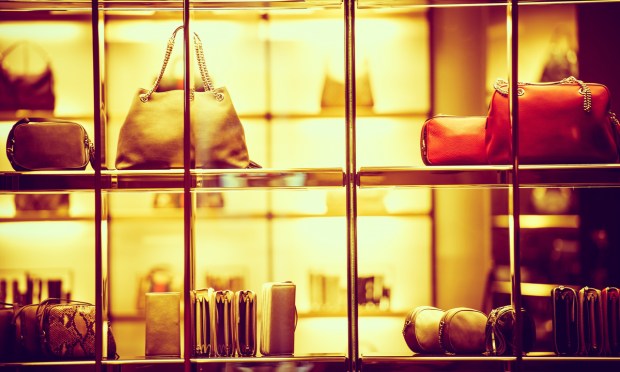Luxury Retailers Say Slowdown Is a Sign of ‘Normalization’

After going “bonkers” during the pandemic, the luxury retail sector is returning to its baseline.
For years, luxury retailers enjoyed a post-pandemic boom thanks to shoppers in China and the U.S. But as the Financial Times (FT) reported Sunday (July 30), there are indications the sector has hit its growth peak.
“There is a slowdown in the U.S., but compared to an absolutely crazy base,” said Michael Kliger, chief executive of luxury eCommerce platform Mytheresa. “People got out of the pandemic and went bonkers.”
As the FT notes, industry giants like Hermès and LVMH have enjoyed strong growth this year, while Gucci-owner Kering has struggled to relaunch its flagship brand. At the same time, many brands have seen sales growth slow in the U.S., while the rebound from China’s reopening has been slower than expected.
“The global mood is not one of revenge buying like we saw in 2021 and 2022, so we’re talking more about normalization than anything else,” said Jean-Jacques Guiony, chief financial officer of LVMH, the world’s biggest luxury firm and considered the sector’s bellwether.
And as noted here earlier this month, China, once considered the luxury sector’s savior has — at least for the time being — seemed to have stopped offering the same support as before.
“The industry had relied on a revival in China to offset the sluggishness in the U.S. market,” PYMNTS wrote “However, this lifeline is no longer sustainable, as sales in the sector continue to weaken, presenting challenges for industry participants.”
The news comes as the newest data suggests growth in disposable income slowing as those consumers look to build up their savings and as they grapple with debt.
Consumer spending is decelerating, with a 2.6% rate versus a 4.1% annualized rate as measured in the first quarter. And disposable income increased 5.2% in the quarter, compared to 12.9% growth in the first quarter.
“The read across, then, is that the slowing growth in spending in key categories such as apparel (and perhaps retail in general) is translating to a bit more in savings. The question remains as to how that will impact the holiday shopping season,” PYMNTS wrote.
And research by PYMNTS found that 85% of consumers have been fine-tuning the how and the when of their retail spending: reducing the quantity of what they are buying, trading down to less expensive merchants or in many cases, using a combination of the two.
